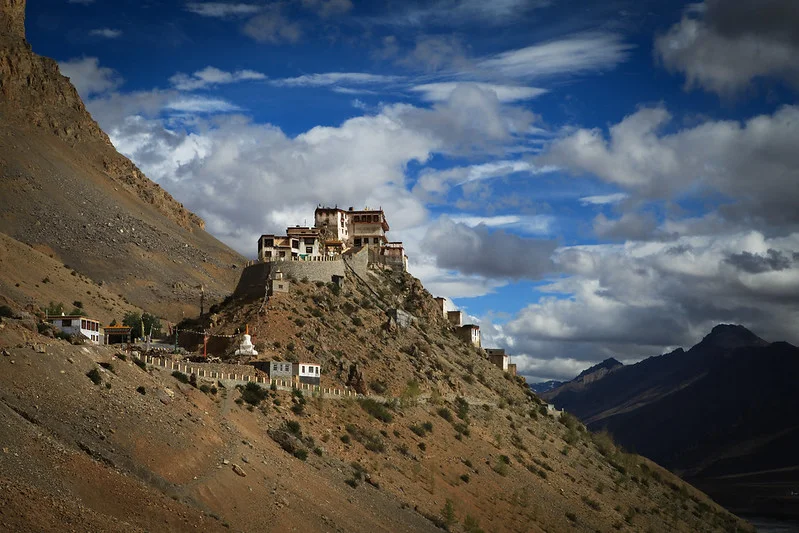Spiti Valley: Explore the Paradise of Earthly Glory
When you arrive at Spiti Valley, you will be greeted with long, twisting roads and valleys that will provide you with spectacular views of the freezing desert and snow-covered mountains. Spiti Valley, situated in Himachal Pradesh and bordered by the Himalayas on all sides, is at an elevation of 12,500 feet above sea level and receives only around 250 days of sunlight annually, making it one of the coldest regions in the nation. It is also one of the most remote. Given that Spiti is shut off from the rest of the nation for around 6 months due to heavy Himalayan snow, the summer months are often considered the only time the region is directly accessible by highway.
Because the Spiti Valley divides India and Tibet, Spiti translates as ‘The Middle Land.’ In spite of its sparse population, Spiti is an adventurer’s paradise, having a variety of hiking paths to select from for visitors. Almost all of these treks begin in Kaza (Spiti’s capital), from where you will set up your base camp and ascend to numerous peaks from where you will get panoramic views of the Himalayan Alps. You may have beautiful views of the towns below on an easy 1.5-kilometer journey along Spiti River from Dhankar Monastery to Dhankar Lake, which takes about 1.5 hours. Moreover, Dhankar Lake is a tranquil spot where you may take it easy and enjoy the fresh mountain air.
Best Time To Visit Spiti Valley
The climate of Spiti Valley is known to be harsh. The valley is blanketed in snow from December to March, making for a difficult winter. Temperatures might plummet as low as -20 degrees Celsius during the winter months. The valley begins to awaken as the summer months approach. Tourists begin to flock to the area as the roads open up. Spring-like temperatures characterize April and May when the flora is only getting started. Lakes begin to develop as the snow thaws.
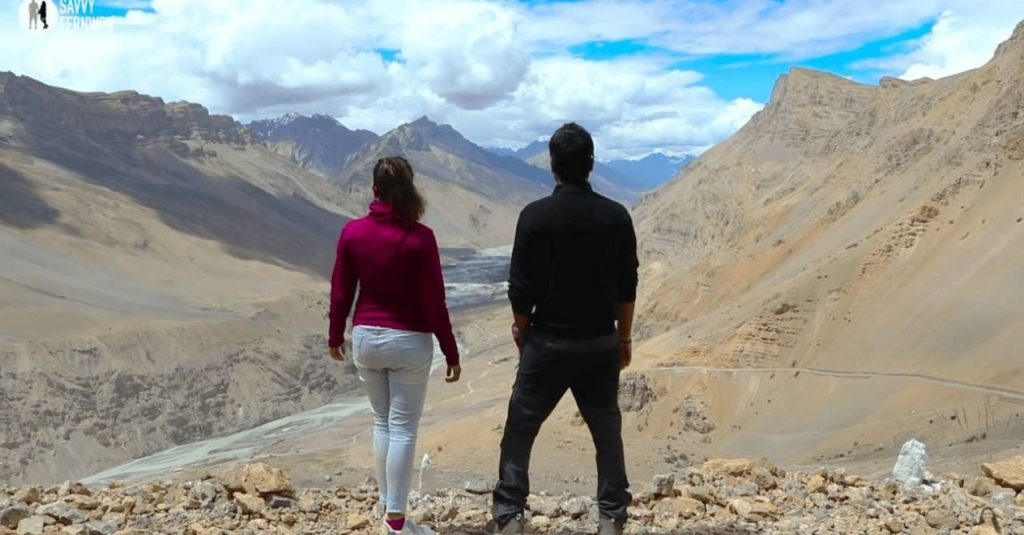
The ‘it season’ for visiting Spiti Valley is from June through the beginning of October. Despite the fact that Spiti is located in a rain shadow area, it does see a fair amount of rain in June and July. As a result, driving might be challenging at times. However, the valley is transformed with the arrival of the changing leaves in August. I have never seen anything quite like the clean colors of the lakes and rivers with the orange trees and white mountains as a background. This time of year may be very chilly, with lows of 3 to 5 degrees Celsius common in the evenings and early mornings. Most days are likely to be cloudy and foggy.
How To Reach Spiti Valley
The Rohtang and Kunzum passes divide Lahaul and Spiti from Kullu, and it is located on the Manali-Leh route. This path is suitable for reaching Spiti Valley during the summer, but owing to excessive snowfall, it is impassable for most of the year.
Route 1: Hindustan – Tibet Highway through Kinnaur
Take an overnight bus from Delhi or Chandigarh to Shimla. From 5 a.m. to 8 p.m., several public and private buses travel between Shimla and Kinnaur. There are about 2-3 nighttime buses to Reckong Peo after the designated hour (Headquarters of Kinnaur district). The final bus from Shimla departs at 6.30 p.m. and arrives at roughly 4.30 a.m. These buses are available from Shimla’s New Bus Stand as well as the Old Bus Stand. Passengers must board another bus from Reckong Peo to Kaza in Himachal Pradesh.
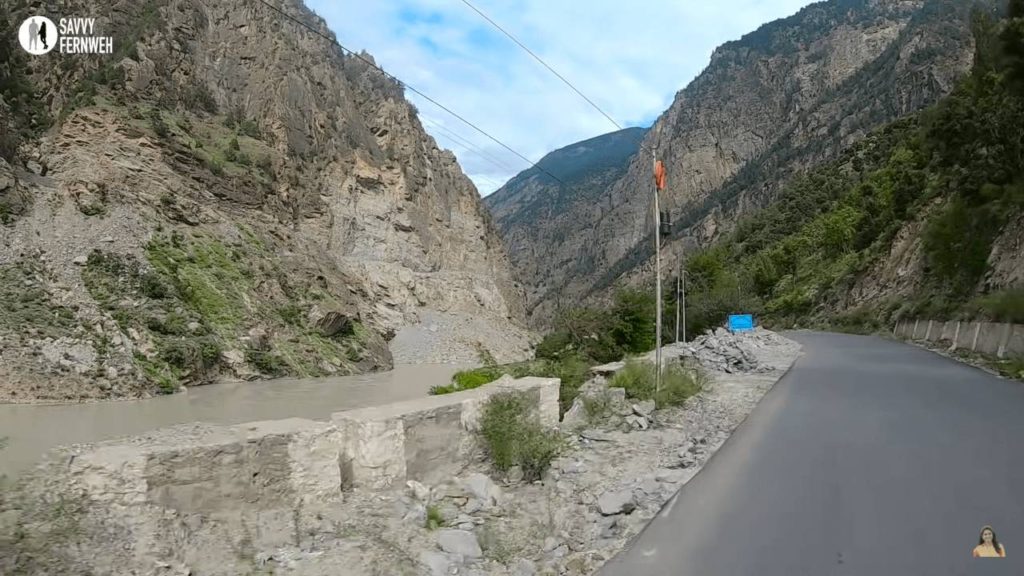
Additionally, you have the option of hiring a shared cab or a private taxi (Xylo or Scorpio). Depending on the season and your haggling abilities, the costs from Shimla vary from INR 2500 to 3500 per day.
Some folks like to drive themselves down. Due to severe landslides and rugged terrains, a sedan or hatchback is not recommended.
Although self-driving is more fun and allows you to stop and enjoy the scenery at your leisure, a state/private bus trip takes less time.
Route 2: Through Manali
Another alternative is to take a private or public bus from Manali to Kaza through the Rohtang and Kunzum Passes. At roughly 5 a.m., buses depart from Manali for Kaza.
You have the option of hiring a shared taxi or a private cab (Xylo or Scorpio). Depending on the season and your haggling abilities, the prices from Manali vary from INR 2800-3500 per day.
You may also rent a car and drive down on your own since the journey is not as difficult (slushy roads, etc.) as the Hindustan- Tibet Highway.
Places To Visit in Spiti Valley
#1. Key Monastery
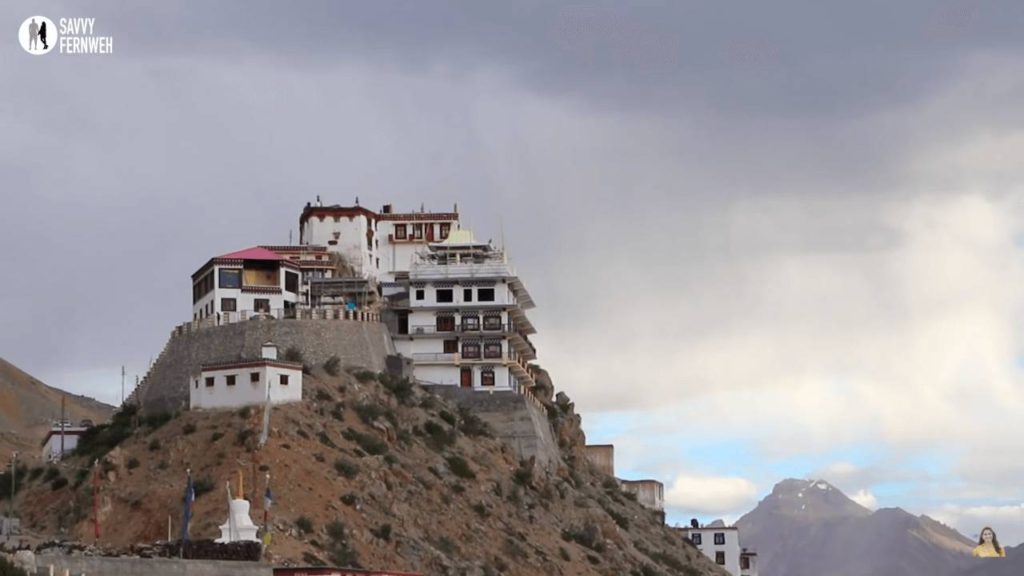
This is a Tibetan Buddhist monastery that was originally home to the Dalai Lama, the spiritual leader of Tibet. Key Monastery, which serves as a religious training center for Lamas and is the largest in the valley, continues to be the most popular tourist site in Spiti. Enjoy the views of the Spiti River and the great expanse of country that disappears into oblivion from the Monastery.
#2. Chandratal Lake
As a result of the lake’s crescent form, the name “Chandratal Lake” literally translates as “Moon Lake.” On the Spiti side of the valley, you’ll find this beautiful, unspoiled lake. In the absolutely beautiful night sky, camp beside the lake and marvel at the millions of stars that can be seen there.
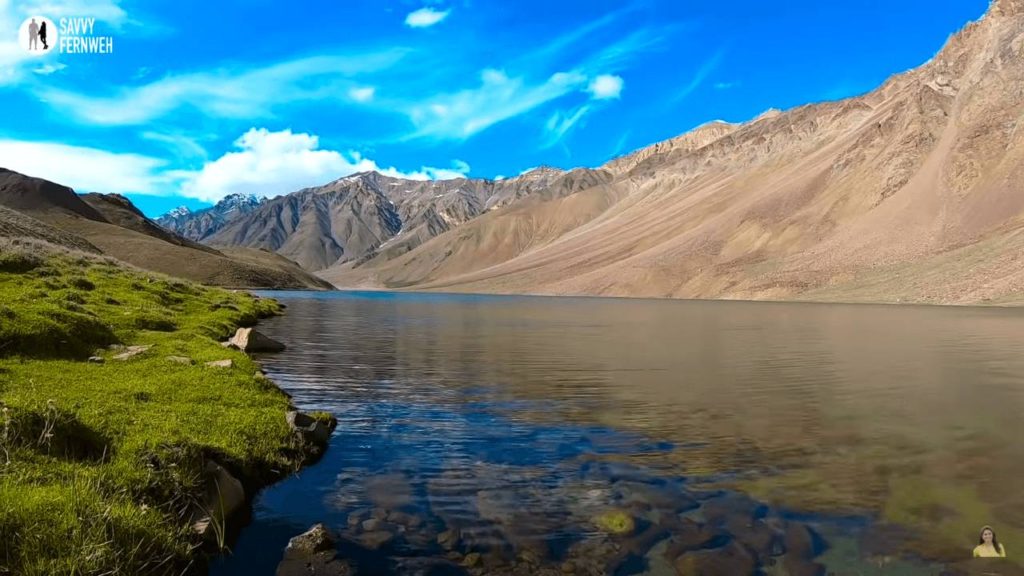
#3. Kunzum Pass
The Kunzum Pass links Kullu and the Lahaul Valley to the Spiti Valley and is regarded as one of the most challenging highways globally, yet the journey is well worth the effort. The quantity of snowfall that this area gets determines whether or not the pass is open for business. This may endure anywhere from 6 months to up to 8 months every year, depending on the circumstances. Kunzum Pass is typically accessible from late May until mid-October, with the exception of certain holidays. You can only reach the Spiti Valley via the Shimla / Karcham route when the road is closed. You should, however, prepare your cameras in advance if you have the opportunity to drive along this route.
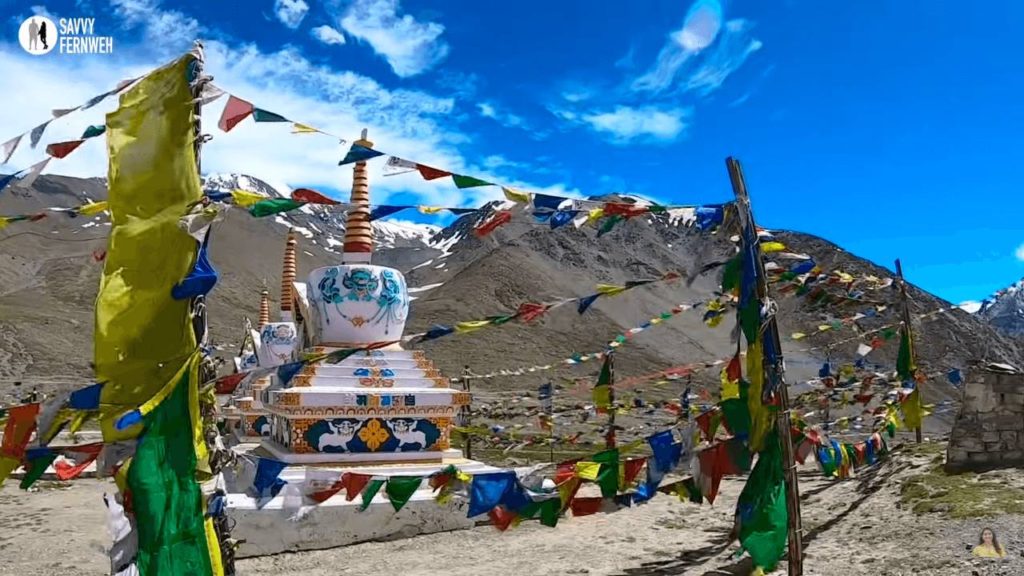
#4. Pin Valley National Park
The 675 square kilometer Pin Valley National Park is home to some of India’s most endangered wildlife, including the Snow Leopard, which may be found in the park. Other species like the Ibex, Bharal and Red Fox may also be found in this area. On the vegetation subject, one may take pleasure in the sight of juniper and birch trees, with stunning vistas in the backdrop.
#5. Suraj Tal
Suraj Tal is a picturesque tiny lake in Himachal Pradesh’s Lahaul Valley, and it is a popular tourist destination. This lake serves as a source for the Bhaga River, which flows into the Chandrabhaga River after a short detour. Its picturesque setting is unlike any other. Visitors may also make use of several local lakes.
#6. Dhankar Monastery and Dhankar Lake
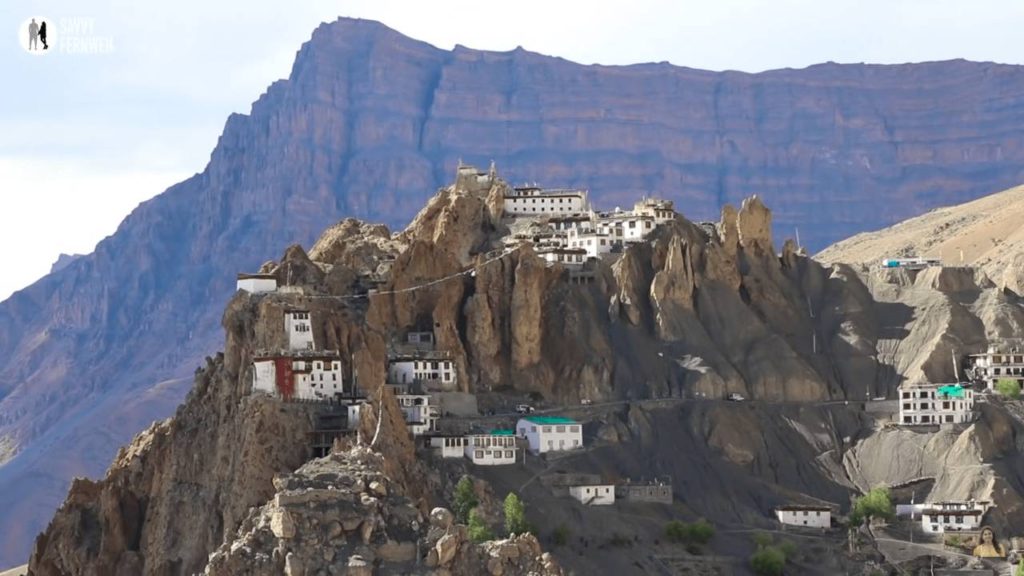
Dhankar is a tiny town located near Kaza, the capital of the Spiti Valley. The Monastery and lake are both worth seeing. If you plan beforehand, this typical Tibetan-inspired town may be seen in a single day. The Dhankar Monastery, which was erected in the 11th century by a Lama called Lha-‘od, followed the same architectural design as the Key Monastery. Dhankar Lake, also known as the Dhankar Tso, is a glacial lake situated about an hour’s walk from the town of Dhankar in the Himalayas.
#7. Kibber Community
Located around 20 kilometers north of Kaza places to visit, Kibber is a tiny village consisting of approximately 25 hamlets. Consider spending some time roaming about the hamlet, paying a visit to the Monastery, mingling with the residents, and learning about their way of life. You may also visit the adjacent Kibber Wildlife Sanctuary for a chance to see a snow leopard in its natural environment.
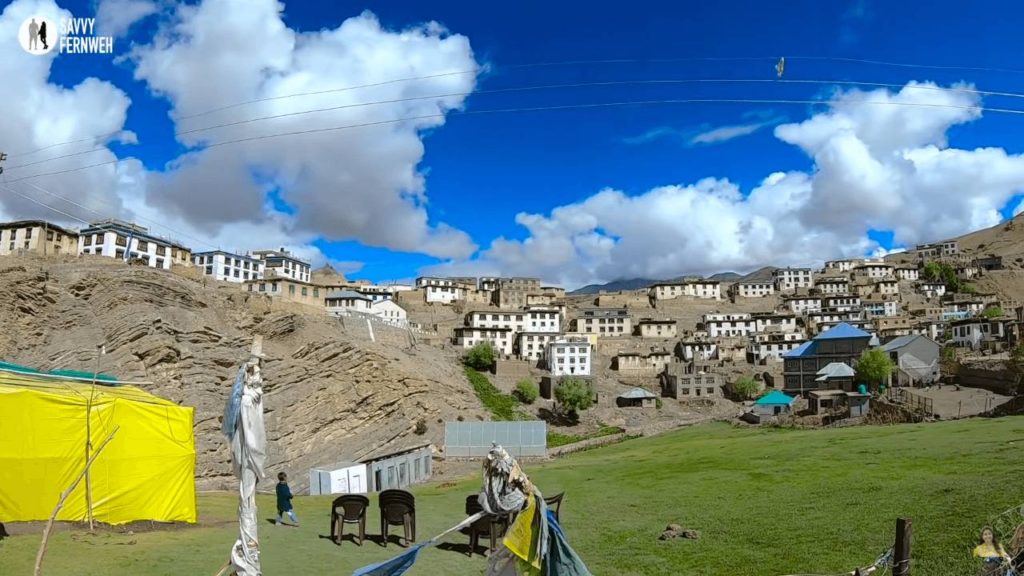
#8. Baralacha La
Baralacha Pass is a snow-free route that practically slices through the mountains. This is the first pass you would encounter after passing over Rohtang Pass. It is located in the Zanskar range of the Himalayas at the height of 4,900 meters and is the highest point in the region.
Unlike any other monastery in this region of monasteries, Tabo Monastery stands out from the crowd. This Monastery, which was founded in 996 CE, is the world’s oldest continuously operational Monastery. The complex comprises nine temples, four stupas, and twenty-three monk quarters, all of which are open to the public.
#9. Lhalung Hamlet
Located not far from the Kaza city, Lhalung, which literally translates as ‘land of the Gods,’ is yet another little village in the Kaza countryside. The Tangmar mountain range overlooks the settlement, and the Lingti river runs through it on the opposite side. When opposed to other bleak landscapes, the presence of flora in the community is a pleasant surprise. Walking through the town, you’ll note that there are various tranquil and peaceful spots where you may take a break and relax.
Spiti Valley restaurants and local cuisine
Spiti’s food offers a diverse range of delights that you must sample. Though Tibetan cuisine predominates on the menu, excellent North Indian cuisine and a splash of Israeli cuisine are also excellent. The community is surrounded by barley fields, which provide the majority of the village’s food. Arrack (barley whiskey) and chang (barley beer) are created from the grain, while roasted flour is used to make laddoos or the morning cereal thungpa. You should not miss momos, Thukpa, Butter tea, Chang (a locally manufactured beer), Arkah (a locally made whiskey), and other local foods. Aside from these, flavored and fragrant teas, such as those with lemon, mint, ginger, or honey as garnishes, are highly popular.
